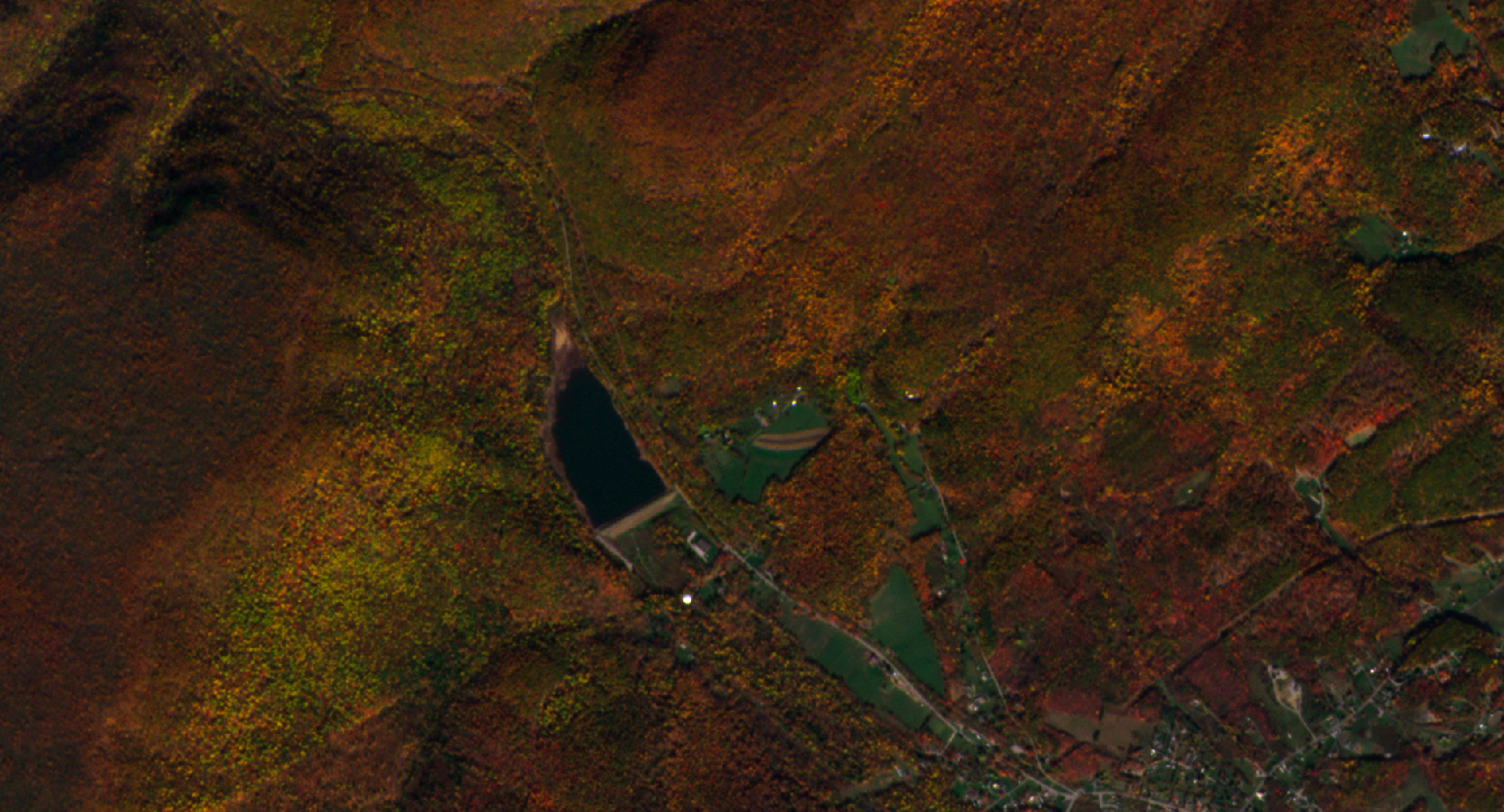Tropical and Temperate Forest Phenology Revealed by Planet Imagery
A team of researchers led by Professor Jin Wu, at the University of Hong Kong, has been studying tropical and temperate forest phenology—the rhythms and periods of life. Aided by the high revisit rate of Dove satellites, Jing Wang and team detected dry season vegetation patterns in the Amazon: many tropical trees are deciduous, dropping all or some of their leaves in the dry season, then flushing new young growth in bursts. The causes and consequences of these patterns remain poorly understood, but have enormous implications for forest ecology and the relationships between forests and climate. Wang et al. used MODIS data, fused with Planet imagery, to explore fine variation in dry season green up (flushing) and brown down (leaf loss). The full paper is available in the journal Remote Sensing of Environment. Building on this methodology, Shengbiao Wu and team used similar phenological tracing—in this case in temperate forests in Northern China. Wu and colleagues were able to detect the autumn color changes at the level of individual tree canopies, allowing them to isolate particular tree species, including oaks, hickories, basswoods, elms, and others. These methods have the potential to dramatically improve biodiversity mapping with satellite imagery. This full paper can be found in the ISPRS Journal of Photogrammetry and Remote Sensing.

Ready to Get Started
Connect with a member of our Sales team. We'll help you find the right products and pricing for your needs


